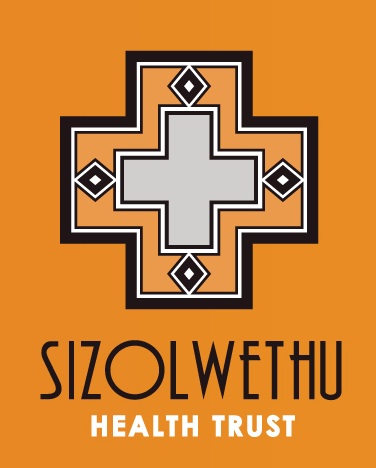The man across from me moves from the stretcher and smiles, a compression sock
covers his right leg. A nurse smiles at him and says she’ll act as translator. He
leans to her and asks her to tell me that the pants he’s wearing fit again because
the swelling has finally gone down.
He tells me he’s had the wound for thirty years, he’s 54 now.
“It was itchy," he says simply. He scratched it, and it grew.
Mr. Itch was later diagnosed with venous disease, and his affected veins led to
pooling of blood in his legs, leaving perfect conditions for a life-changing wound.
Mr. Itch has suffered from this debilitating wound for more than half his life. When
asked how many doctors he’s seen he shakes his head and answers ‘’Too many”,
including traditional healers, clinics, prophets, hospitals and private
consultation.
Last year this time his wound was 30 cm by 25cm (12 inches by 10 inches) with only a
tiny strip at the back of his leg left, today it’s barely 4 cm by 4cm. (2.5 inches
by 2.5 inches)
“Myself I am happy” he says, “I am very very happy.”
“Tell me what Sister Edwards did differently.” I ask.
“She convinced me to take a skin graft”. Mr. Itch feared the idea of creating
another wound, and feared more pain. After the graft Sister Edwards struggled to
keep Mr. Itch away from work. His job as a ground supervisor requires constant
standing and nurses desperately tried to make him understand the importance of
resting and elevating his leg to heal. Sister Edwards’s 30th wedding anniversary was
coming up and she was determined to celebrate the healing of a 30 year wound at the
same time.
I ask him what he’ll do now that his leg is healed. He tells me about his plot of
land that he has so desperately wanted to work and how throughout his injury he has
made no progress,
“I’m leaving my job in August to go start my project” the nurse translates. There is
a plot of land waiting, the pride of every Zimbabwean, that has remained
uncultivated all these years.
“I’ll farm chickens or maybe cabbages, I’m excited”
Mr. Itch grows somber as he tells me all his wound has cost him.
His family found themselves in financial hell, with one daughter paying two thirds
of his fees. As talks about the price that traditional healers demand and begins to
open up about the tortuous process. His wife tells me they lost 6 new blankets, 3
goats, a number of chickens and enough money to buy ‘a beast’.
“Above all,” she says “there was no happiness in the family.”
“They told me I was being bewitched,”Mr Itch recalls of his original diagnosis. And
with that poured out mistrust and fear. Mr. Itch recalls carrying his lunchbox
wherever he went to prevent someone from poisoning him. It destroyed his
relationships; he couldn’t talk to anyone around him and was legally prevented from
accusing anyone of witchcraft. So he retreated into himself. He tells me about the
embarrassment that cut into him, always covering up and hiding. Long pants on hot
days. He lost all motivation to work but needed money for his treatments.
His breaking point came like a blow to the stomach. On a drive home on a kombi, an
affordable but often overcrowded form of public transport, the driver called out
that “whoever (was) carrying rotten meat should throw it out, children shouldn’t eat
that no matter how hungry, and it makes us want to vomit,” he said. Mr. Itch’s heart
fell; he knew immediately that no one was carrying rotten meat. He walked across to
the driver and broke down telling him that it was not meat but his leg that smelled.
He knew at that moment that something had to change. He began seeking professional
help and was soon referred to sister Edwards.
He glows as he talks about how quickly hypochlorous healed a smaller wound and what
immense progress it has made to his leg. He tells me that his neighbors’ daughter
had struggled desperately with tinea capitis (ringworm of the scalp) and he
recommended hypochlorous and billowed with pride as he watched the rings disappear.
‘That is why I am sharing my story, so that people do not have to go through what I
went through.
“I’ve referred people here”he beams. “I want my story to help.”
